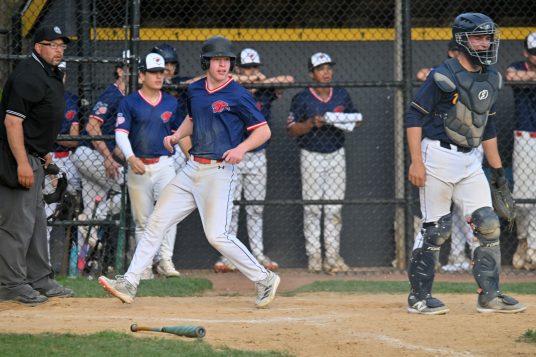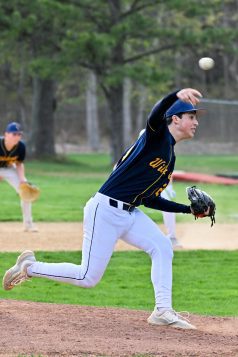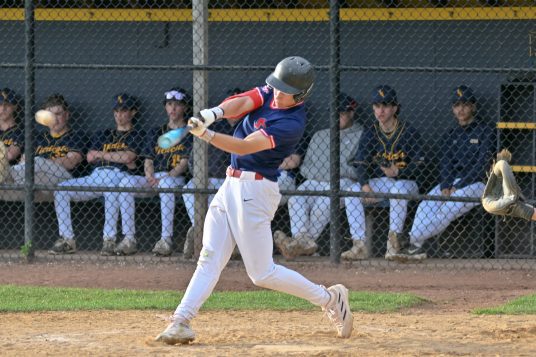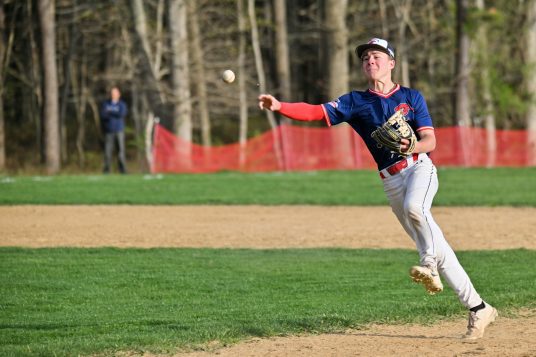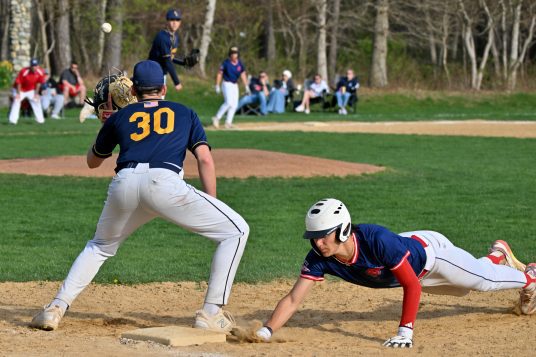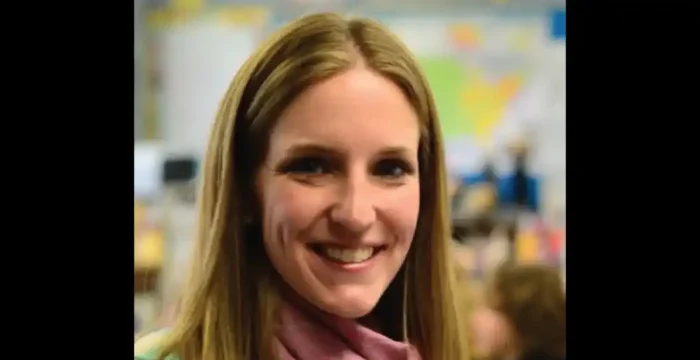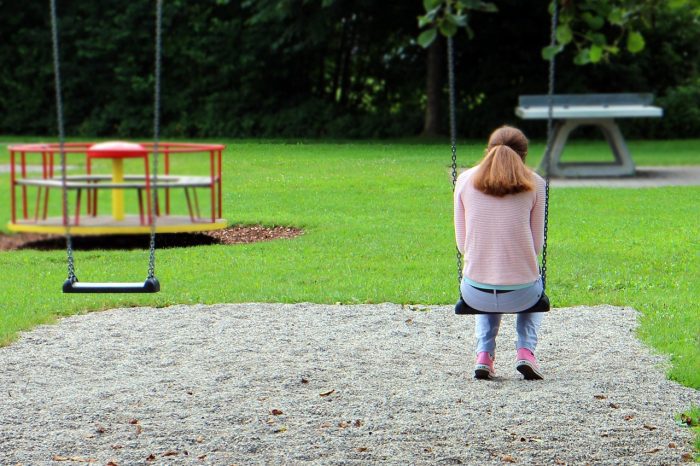Six Suffolk County Community College students have been named 2025 PTK All-State Scholars. The students are: Brianna Calle Boror, an Eastern Campus Education major from Shirley; Udya Dewanamuni, an Ammerman Campus Physics major from Ronkonkoma; Julia Heller-Bomba, a Michael J. Grant Campus Creative Writing major from East Northport; Carolina Hernandez Alvarez, an Eastern Campus Accounting major from Riverhead; Nina Kezys, a Michael J. Grant Campus Psychology major from East Northport and Nancy Lorme, an Ammerman Campus Accounting major from Holtsville.
Among them, Nina Kezys, was recently selected for the prestigious 2025 All-USA Academic Team, one of only 20 students nationwide to receive this distinction. This honor recognizes her outstanding intellectual achievement, leadership, and community engagement. As an All-USA Academic Team member, she receives a $5,000 scholarship and a special medallion. Nina was also named a 2025 New Century Transfer Pathway Scholar, earning the highest score in New York State in the All-USA Academic Team competition. This honor comes with a $2,250 scholarship, sponsored by the Coca-Cola Foundation, the Coca-Cola Scholars Foundation, the American Association of Community Colleges, and Phi Theta Kappa Honor Society. Nina recently traveled to Nashville, Tennessee, where she received her awards during the American Association of Community College’s annual convention.
Udya Dewanamuni, Carolina Hernandez Alvarez, Julia Heller-Bomba, and Nancy Lorme have also been named 2025 Coca-Cola Academic Team Scholars based upon scores the students earned in the All- USA Academic Team competition.
The Coca-Cola Academic Team recognizes students who demonstrate academic excellence, leadership, and a strong commitment to service. The Coca-Cola Scholars Foundation sponsors the Coca-Cola Academic Team program by recognizing 50 Gold, 50 Silver, and 50 Bronze Scholars with nearly $200,000 in scholarships annually. Each scholar also receives a commemorative medallion and is recognized in both local and statewide ceremonies. The program is administered by the Phi Theta Kappa Honor Society.
Ammerman Campus student Udya Dewanamuni and Eastern Campus student Carolina Hernandez Alvarez were named Gold Scholars and will each receive a $1,500 scholarship. Michael J. Grant Campus student Julia Heller-Bomba was named a Silver Scholar and will receive a $1,250 scholarship. Ammerman Campus student Nancy Lorme was named a Bronze Scholar and will receive a $1,000 scholarship.
“We are incredibly proud of the achievements of these students, who embody the spirit of academic excellence and community service,” said Dr. Edward Bonahue, President of Suffolk County Community College. “Their hard work, leadership, and dedication to their communities exemplify the very best of what Suffolk County Community College stands for.”
About the Students:
Brianna Calle Boror, an Education major from Shirley, NY, maintains a 3.7 GPA and has earned Dean’s List recognition every semester for the past two years. She serves as a Peer Mentor, Co-President of Phi Theta Kappa, Vice President of the Honors Club and Latina Elite, Public Relations Chair for the Student Government Association, and is an active member of the Outdoor Adventure Club. Brianna regularly volunteers with Ruta 27, a nonprofit organization offering classes to non-native English-speaking adults. She also created a bilingual peer-tutoring network that provides academic support to ESL students.
Udya Dewanamuni, a Physics major from Ronkonkoma, NY, holds a 4.0 GPA and has been consistently named to the Dean’s List for the past two years. Serving as Vice President of Leadership for Phi Theta Kappa (PTK), a Senator in Student Government, and President of the Math Club, she is also a STEM Scholar and a Chemistry and Physics tutor. Udya’s interdisciplinary research in physics, mathematics, biology, chemistry, and computer science reflects her dedication to academic rigor, innovation, and learning through mentorship.
Carolina Hernandez Alvarez, an Accounting major from Riverhead, NY, has a 3.9 GPA and has earned Dean’s List recognition every semester. A member of the Honors Program, Carolina has received the Honors Program Academic Excellence Award, Outstanding Service Award, and Emerging Student Leader Award. She serves as President of the Latin Elite Club and the Campus Activities Board (CAB) and is also a Peer Mentor and ESL Student tutor, demonstrating a strong commitment to both leadership and academic excellence.
Julia Heller-Bomba, a Creative Writing major from East Northport, NY, holds a 3.6 GPA and has been on the Dean’s List for the past two years. Julia is President of the Woman’s Club, Vice President of Leadership for Phi Theta Kappa, and a member of the Alpha Sigma Lambda Honor Society. A TRIO Student Support Services Scholarship recipient, Julia’s nomination for the PTK All-USA/All-State competition recognizes her exceptional academic achievements and leadership abilities.
Nina Kezys, a Psychology major from East Northport, maintains a 4.0 GPA and has earned Dean’s List recognition for the past two semesters. She was recently selected for the prestigious 2025 All-USA Academic Team, one of only 20 students nationwide to receive this distinction. This honor recognizes her outstanding intellectual achievement, leadership, and community engagement. Nina was also named a 2025 New Century Transfer Pathway Scholar, earning the highest score in New York State in the All-USA Academic Team competition. A Women’s Soccer Team player, Nina serves as Vice President of the Rotaract Community Service Club and Vice President of Membership for Phi Theta Kappa. She is also a member of the Honors and Psychology Clubs and serves as a Peer Mentor overseeing the Michael J. Grant Campus Food Pantry.
Nancy Lorme, an Accounting major from Holtsville, NY, maintains a 3.6 GPA and has earned Dean’s List honors each semester. She is President of PTK, Rotaract Club, and the Student African American Sisterhood. A Get There From Here scholar, Nancy serves on the SGA Finance Committee, Conduct Board, and as a regular volunteer at the Food Pantry. Her leadership extends through mentoring roles, including being an Orientation Leader and Peer Mentor, embodying both academic and service-oriented excellence.
————————————
About Suffolk County Community College
Suffolk County Community College is the largest, most comprehensive community college in the State University of New York (SUNY) system, enrolling more than 21,000 students in over 100 degree and certificate programs. With approximately 140,000 alumni, Suffolk County Community College is dedicated to meeting the demands of regional employers. The college has built an extensive track record of successfully training and educating its students through pathways from high school, to college, and into careers.
About the Coca-Cola Scholars Foundation
The Coca-Cola Scholars Foundation celebrates and empowers visionary leaders who are refreshing the world. Supporting more than 1,400 exceptional college students each year, it awards $3.55 million in scholarships annually through three nationally recognized programs. Learn more at coca-colascholarsfoundation.org.
About Phi Theta Kappa
Phi Theta Kappa is the first honor society recognizing the academic achievement of students at associate degree-granting colleges and helping them to grow as scholars and leaders. The Society is made up of more than 4.4 million members and nearly 1,250 chapters in 11 countries, with approximately 220,000 active members in the nation’s colleges. Learn more at ptk.org.


